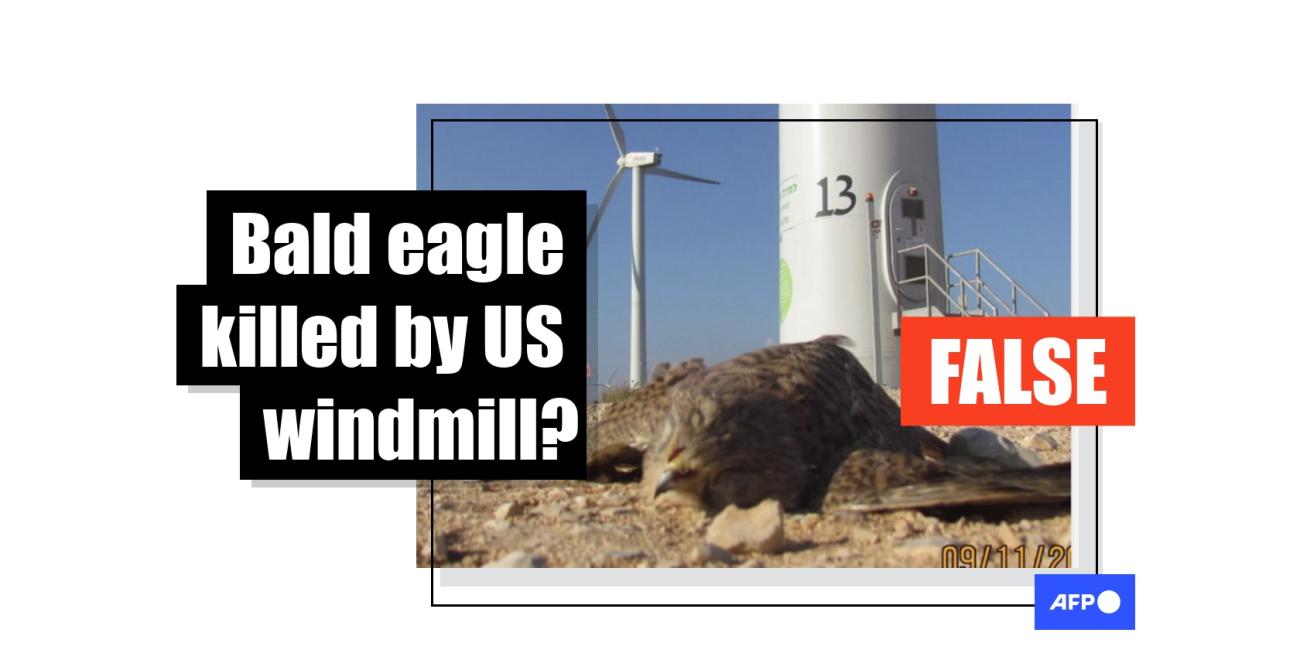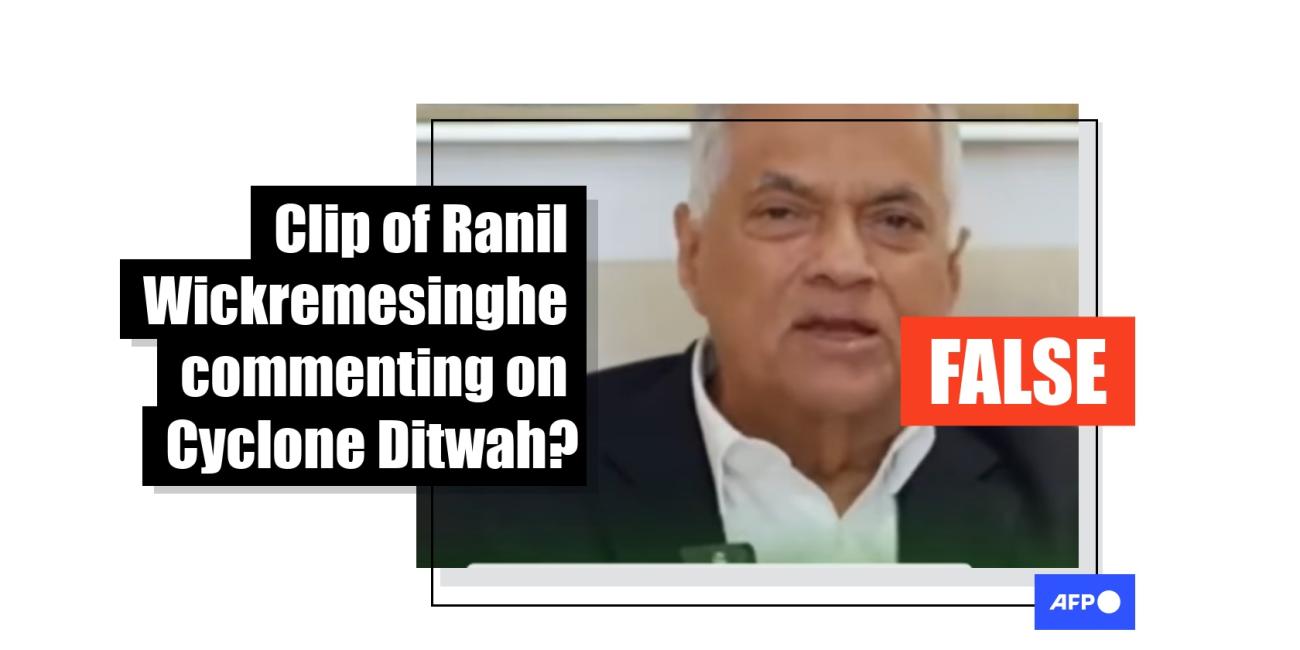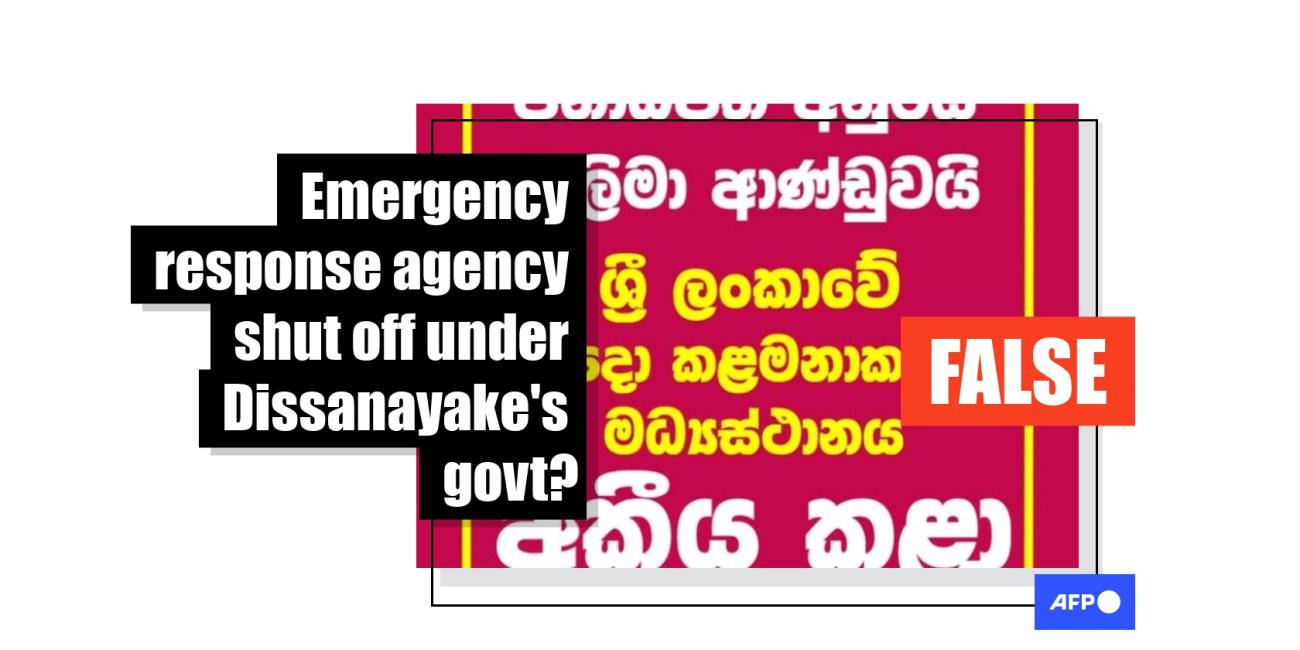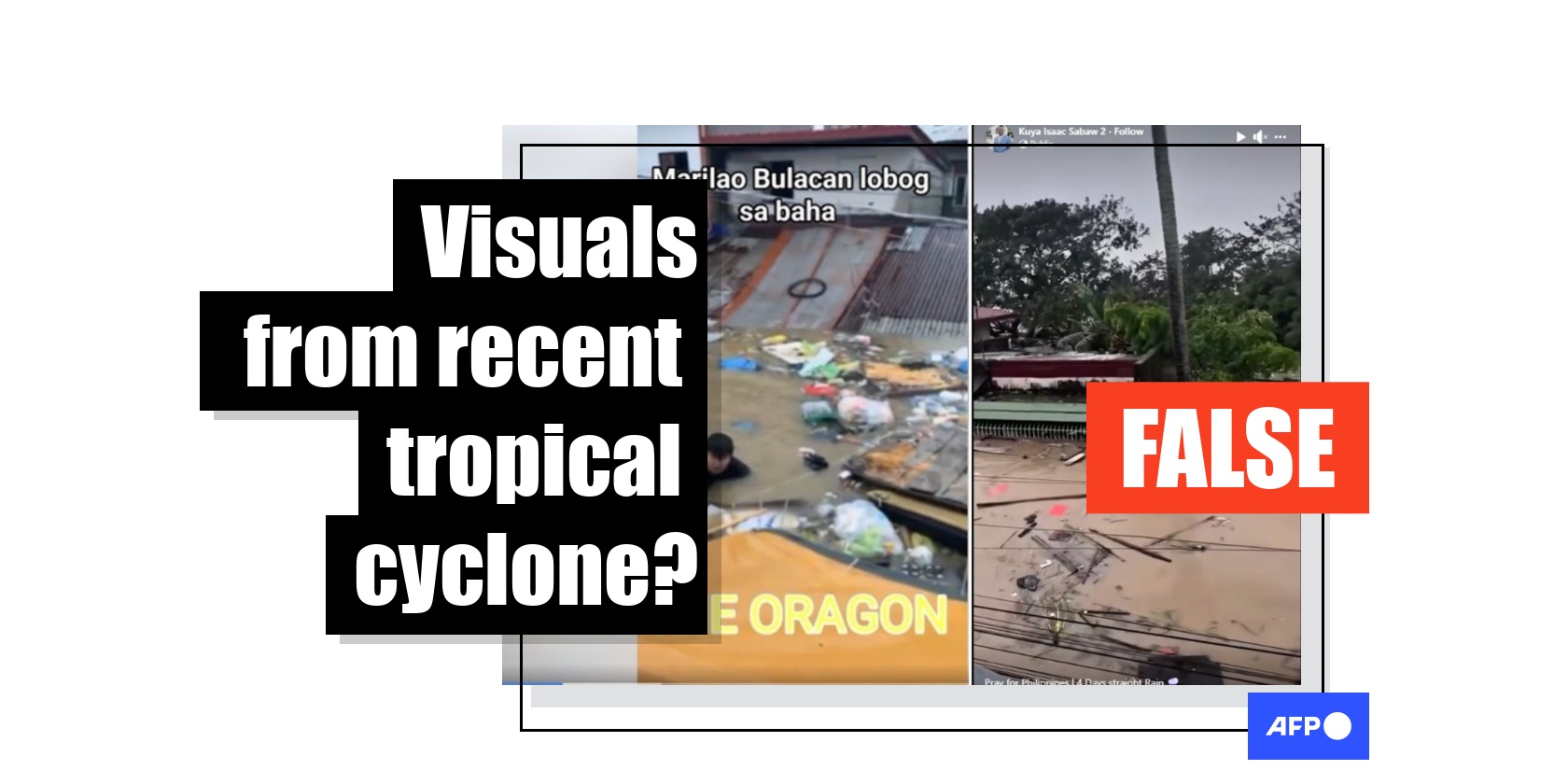
Old flooding clips misrepresented as deadly storm hits Philippines
- Published on July 23, 2025 at 10:18
- 3 min read
- By Jan Cuyco, Ara Eugenio, AFP Philippines
One video, showing waste-filled water reaching the roofs of buildings, was viewed more than 56,000 times after it was shared on Facebook on July 18, 2025.
"Storm Crising. The first floors of these houses are already flooded," reads its Tagalog-language caption, using the local name for Tropical Storm Wipha which skirted the country on the same day.
A second clip, which similarly shows muddy water lapping at the roofs of houses, was shared more than 51,000 times after it was posted on Facebook on July 22.
"Pray for Philippines, 4 Days straight Rain," reads its caption.
At least six people died and another six were missing after Wipha swept past the country on July 18, according to the Southeast Asian nation's disaster agency, with a fresh storm brewing off the coast expected to bring continued heavy rain (archived link).

The clips were also shared in similar Facebook posts where they were passed off as recent.
The videos, however, depict flooding that occurred during deadly storms that struck the archipelago in 2024.
Typhoon Gaemi
A reverse image search on Google using keyframes from the first misleadingly shared clip led to a nearly identical video shared on July 24, 2024 on the Facebook page of Philippine radio station SMNI DZRD 981 (archived link).
"WATCH: Floodwaters reaching the roof of houses along Barangay Lambakin, Marilao, Bulacan," reads part of its Tagalog-language caption.
The false posts used a mirrored version of the July 2024 video.
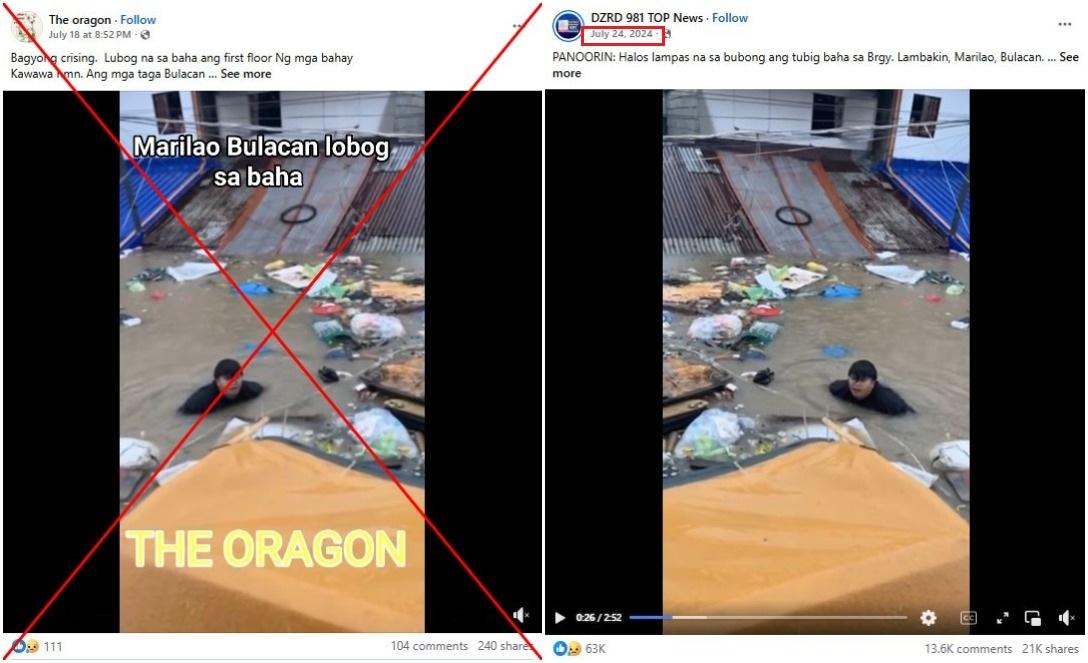
The radio station credited the video to Karen Alvarez, who told AFP she filmed the video in July 2024.
"I am the owner of the video. This was one year ago from Typhoon Carina," she said on July 22, using the local name for Typhoon Gaemi. "The (circulating posts) are only reuploading my video."
The state-run Philippine News Agency, which also shared a screenshot from Alvarez's video, reported that more than 52 villages in Bulacan -- a province north of the capital Manila -- were inundated with floodwaters due to Gaemi (archived link).
The typhoon triggered floods and landslides that killed at least 40 people in the Philippines, before making landfall in Taiwan and China (archived link).
While the original footage is no longer active on Alvarez's Facebook page, similar clips she took show the same neighbourhood devastated by the typhoon (archived here and here).
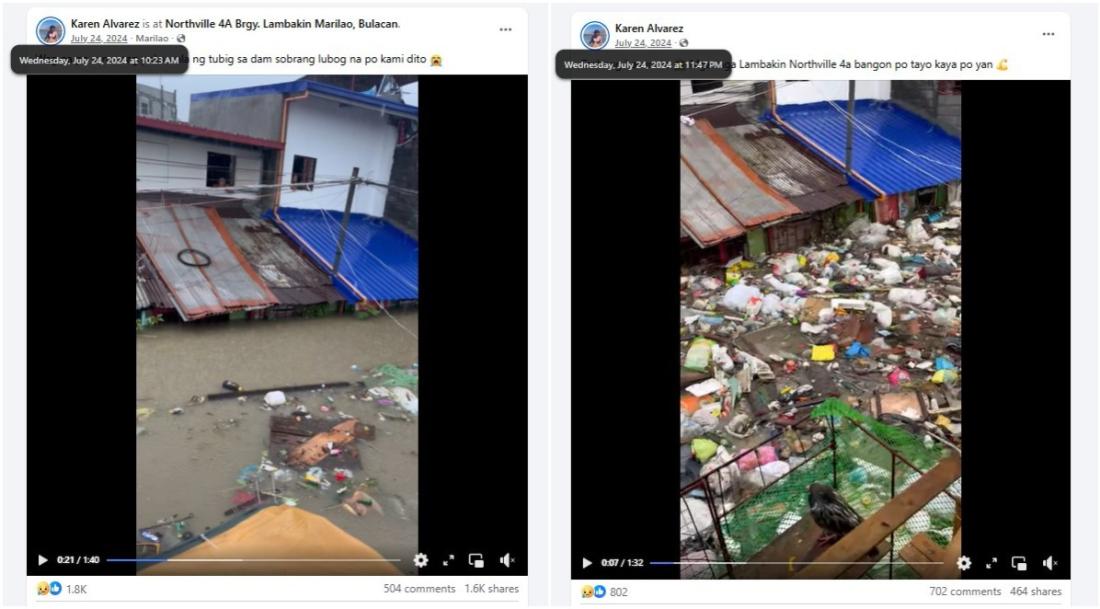
Tropical Storm Trami
A separate reverse image search on Google using keyframes from the second misleadingly shared clip found it was also posted by video licensing agency Newsflare in late October 2024 (archived link).
Its description says it was captured in Camarines Sur province in the southeastern part of Luzon island during Tropical Storm Trami.
Philippine media outlet GMA News also shared the same footage of the storm, which killed at least 150 people and forced nearly half a million to flee their homes as it brought heavy rains that triggered widespread flooding and landslides (archived here and here).
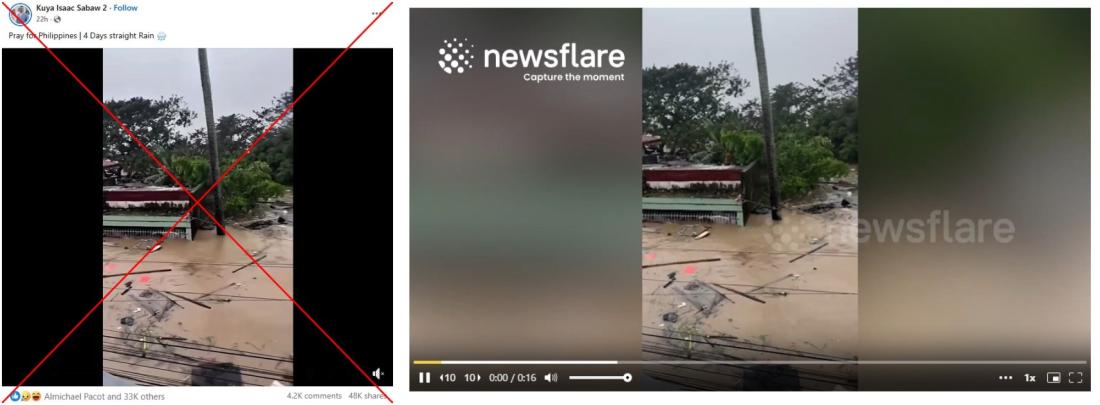
The Philippines is hit by an average of 20 major storms a year and scientists have warned that typhoons are becoming stronger due to human-induced climate change (archived link).
AFP has repeatedly fact-checked misrepresented visuals that circulate when disasters strike.
Copyright © AFP 2017-2025. Any commercial use of this content requires a subscription. Click here to find out more.
Is there content that you would like AFP to fact-check? Get in touch.
Contact us
